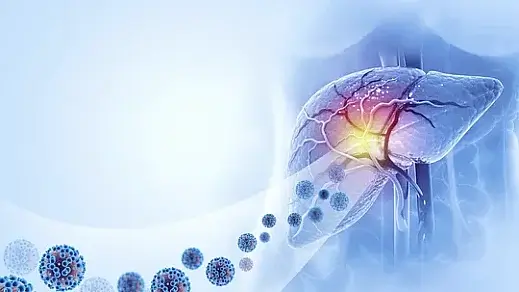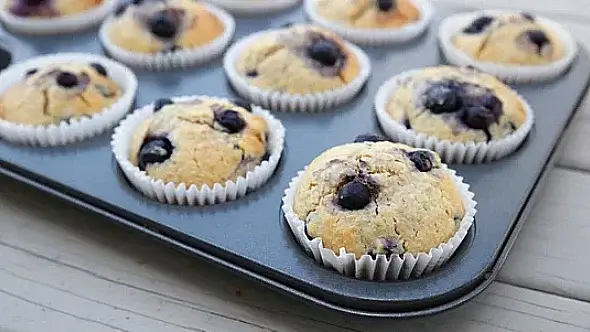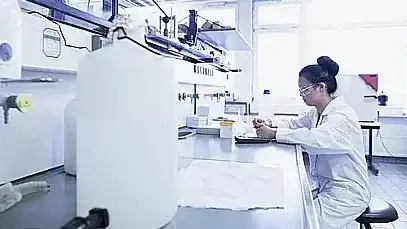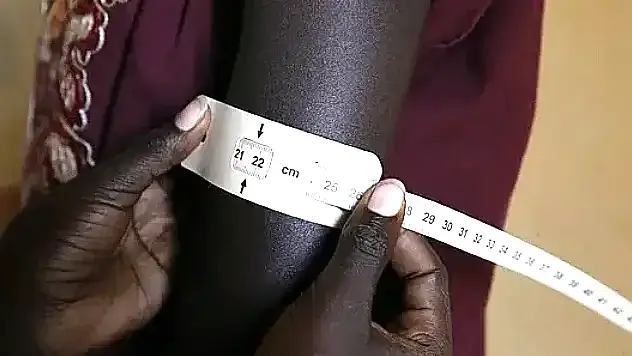How Many Carbs Should You Eat for NAFLD Recovery?

Why Carbohydrate Intake May Hold the Key to Liver Fat Reduction
Understanding how many carbs should you eat for NAFLD recovery is essential in managing this increasingly common hepatic condition. Non-alcoholic fatty liver disease (NAFLD) is closely tied to insulin resistance, metabolic syndrome, and dietary imbalances. Carbohydrate consumption directly influences hepatic de novo lipogenesis (DNL), insulin sensitivity, and systemic inflammation—all of which contribute to NAFLD pathogenesis and progression. Appropriate modulation of carbohydrate intake, both in quality and quantity, plays a central role in liver fat reduction and metabolic restoration.
The Role of Carbohydrates in NAFLD Pathophysiology
Carbohydrates, particularly refined sugars and high-glycemic-load foods, contribute to the hepatic accumulation of triglycerides. Excess glucose is converted to fatty acids in the liver via DNL. This metabolic pathway is exaggerated in individuals with hepatic steatosis, where insulin resistance is present and the liver's regulatory feedback loops are impaired.
Several studies have demonstrated that diets high in fructose, a common component in sugar-sweetened beverages, enhance liver fat content and promote inflammation. Conversely, low-glycemic and fiber-rich carbohydrates appear to attenuate hepatic fat accumulation by improving insulin sensitivity and reducing postprandial glucose excursions.
Recommended Carbohydrate Ranges for Patients with NAFLD
There is no universal carbohydrate threshold for NAFLD recovery; however, clinical guidelines and emerging evidence suggest a moderate to low intake may be most effective. In most cases, limiting total carbohydrate intake to 40–50% of total daily caloric intake is advisable for patients with hepatic steatosis.
In practice, for an individual consuming 1,800–2,000 kcal/day, this would translate to 180–250 grams of carbohydrates per day. However, the quality of carbohydrates matters as much as the quantity. Emphasis should be placed on complex carbohydrates such as legumes, non-starchy vegetables, and whole grains, while minimizing intake of simple sugars and ultra-processed foods.
Medical Insights into Low-Carbohydrate Diets for NAFLD Management
Multiple randomized controlled trials have investigated the impact of low-carbohydrate diets (LCDs) on liver fat reduction. LCDs—typically defined as diets with less than 130 grams of carbohydrates per day—have shown short-term efficacy in improving hepatic steatosis, serum alanine aminotransferase (ALT) levels, and markers of insulin resistance.
One frequently cited study from Hepatology found that individuals on a carbohydrate-restricted diet had a greater reduction in liver fat content over 12 weeks compared to those on a low-fat diet, even when total calories were similar. Notably, the benefits were independent of weight loss, suggesting a direct hepatic effect.
Still, it’s important to note that very low-carbohydrate diets (ketogenic diets) may not be suitable for all patients due to the potential risk of elevated low-density lipoprotein cholesterol and difficulty with long-term adherence.
How Many Carbs Should You Eat for NAFLD Recovery?
Determining how many carbs should you eat for NAFLD recovery involves individualized assessment. Factors include baseline metabolic health, presence of type 2 diabetes, body composition, and lifestyle factors. A dietitian or physician specializing in metabolic liver disease should guide macronutrient distribution to balance efficacy with sustainability.
In clinical settings, the following carbohydrate intake ranges have been applied successfully in NAFLD management:
- Mild restriction (45–50% of total calories): Effective for general weight reduction and metabolic improvements.
- Moderate restriction (30–45% of calories or ~100–150g/day): Reduces hepatic steatosis and improves insulin sensitivity.
- Severe restriction (<30% of calories or <100g/day): May yield faster improvements but requires closer monitoring.
Patient preferences, comorbidities, and cultural dietary patterns should be incorporated into the nutritional plan. Long-term adherence remains the most crucial determinant of therapeutic success.
The Importance of Carbohydrate Quality: Beyond Quantity
Focusing solely on carbohydrate grams may overlook a crucial determinant of liver health: carbohydrate type. High-fiber, low-glycemic carbohydrates improve satiety, modulate glucose absorption, and reduce inflammatory markers. The Mediterranean diet, rich in whole grains, legumes, and vegetables, has demonstrated strong efficacy in improving hepatic biomarkers and reducing intrahepatic fat.
In contrast, high consumption of added sugars—particularly fructose-containing sweeteners like sucrose and high-fructose corn syrup—is independently associated with increased hepatic fat and fibrosis risk. A reduction in sugary beverages, desserts, and processed snacks should be among the first dietary interventions recommended to individuals with NAFLD.
Clinical Considerations and Nutritional Counseling
Effective carbohydrate management for NAFLD recovery should integrate the following:
- Glycemic load awareness: Emphasize low-glycemic foods to blunt postprandial glucose spikes.
- Portion control: Educate patients on carbohydrate serving sizes and hidden sugars.
- Meal timing: Distribute carbohydrate intake evenly to reduce hepatic metabolic burden.
- Exercise synergy: Pair carbohydrate reduction with increased physical activity to enhance insulin sensitivity and fat oxidation.
Referral to a registered dietitian or clinical nutritionist is strongly advised, especially for patients with coexisting metabolic conditions such as type 2 diabetes or obesity. Structured programs with behavioral support show greater efficacy in achieving sustained dietary changes.
Conclusion: Carbohydrate Strategy for Hepatic Recovery
Addressing how many carbs should you eat for NAFLD recovery requires a nuanced and individualized approach. Carbohydrate restriction, particularly of refined and high-glycemic types, plays a clinically significant role in reversing hepatic steatosis. Emerging data suggest that both moderate and low-carbohydrate diets are effective in reducing liver fat and improving metabolic parameters, provided they are balanced, nutrient-dense, and sustainable.
Long-term liver health outcomes are maximized when dietary interventions are tailored, medically supervised, and supported by lifestyle modifications such as physical activity and weight management.
Share this article

Dr. Nico Fabian, MD
I'm a physician and board-certified internist who completed my Internal Medicine training at St. Luke’s Medical Center in Quezon City. See Full Bio.
-
1. Mendez-Sanchez N, Bugianesi E, Gish RG, Lammert F, Tilg H, Nguyen MH, Sarin SK, Fabrellas N, Zelber-Sagi S, Fan JG, et al. Global multi-stakeholder endorsement of the MAFLD definition. Lancet Gastroenterol Hepatol. 2022.
-
2. Browning JD, Baker JA, Rogers T, Davis J, Satapati S, Burgess SC. Short-term weight loss and hepatic triglyceride reduction: Evidence for a metabolic advantage of dietary carbohydrate restriction. Am J Clin Nutr. 2011.
-
3. Zelber-Sagi S, Salomone F, Mlynarsky L. The Mediterranean dietary pattern as the diet of choice for non-alcoholic fatty liver disease: Evidence and mechanisms. Liver Int. 2017.
-
4. Kirk E, Reeds DN, Finck BN, Mayurranjan MS, Patterson BW, Klein S. Dietary fat and carbohydrates differentially alter insulin sensitivity during caloric restriction. Gastroenterology. 2009.
-
5. Lambert JE, Ramos-Roman MA, Browning JD, Parks EJ. Increased de novo lipogenesis is a distinct characteristic of individuals with nonalcoholic fatty liver disease. Gastroenterology. 2014.
-
6. Chalasani N, Younossi Z, Lavine JE, Diehl AM, Brunt EM, Cusi K, Charlton M, Sanyal AJ. The diagnosis and management of non‐alcoholic fatty liver disease: Practice guidance from the AASLD. Hepatology. 2018.
Daily Sugar Intake Calculator Managing sugar intake is essential for maintaining liver health, especially for individuals diagnosed with fatty liver disease.
Weight Loss Calculator Weight loss is one of the most effective strategies for improving liver health, especially for those dealing with fatty liver disease.
Weight Loss Quiz for Fatty Liver Weight loss is a cornerstone in managing nonalcoholic fatty liver disease (NAFLD), a condition affecting millions worldwide.

You might enjoy more articles by
Dr. Nico Fabian, MD
 Disease
Disease Diets
Diets Recipes
Recipes Supplements
Supplements Management
Management Calculators
Calculators Quizzes
Quizzes Glossary
Glossary























